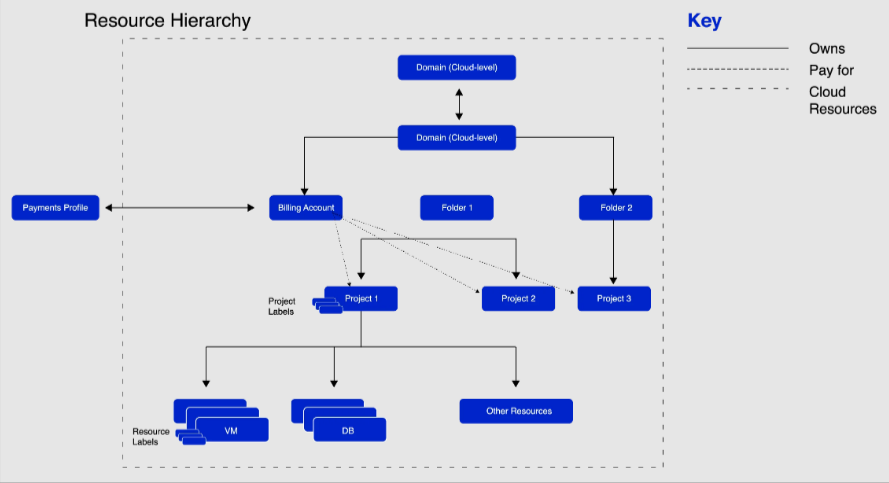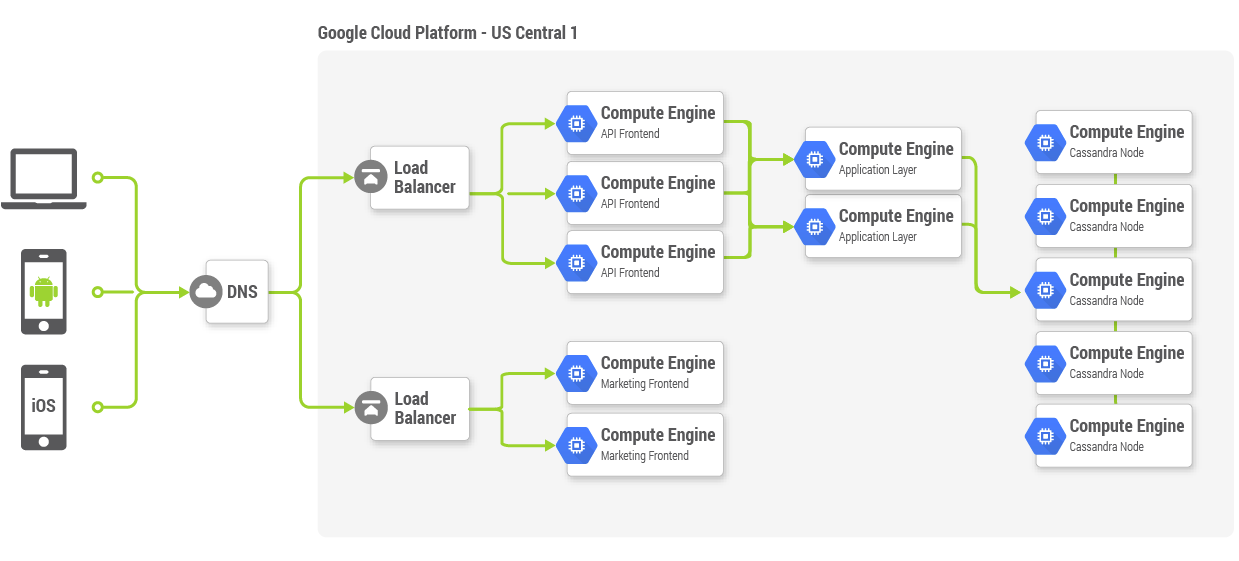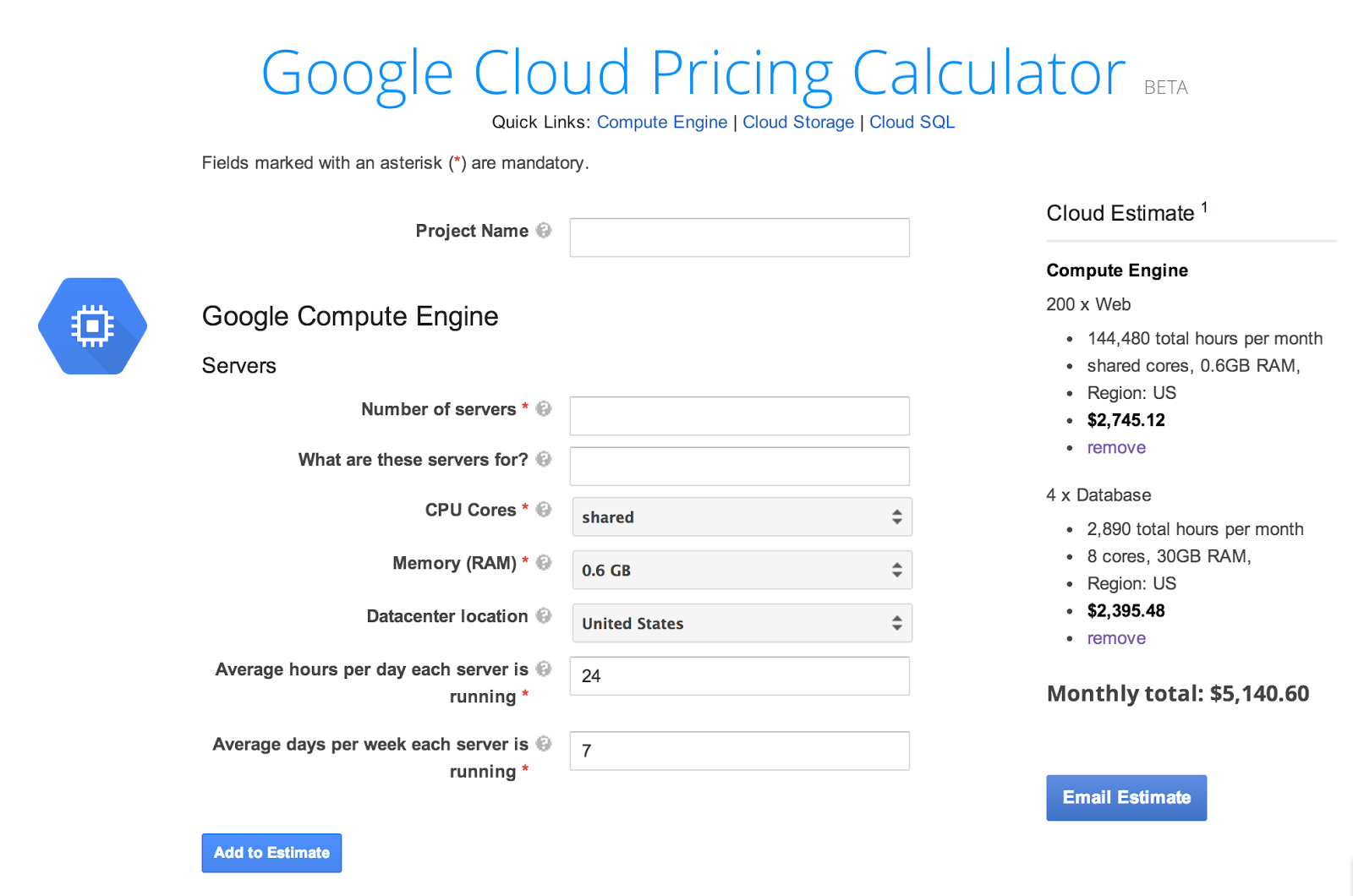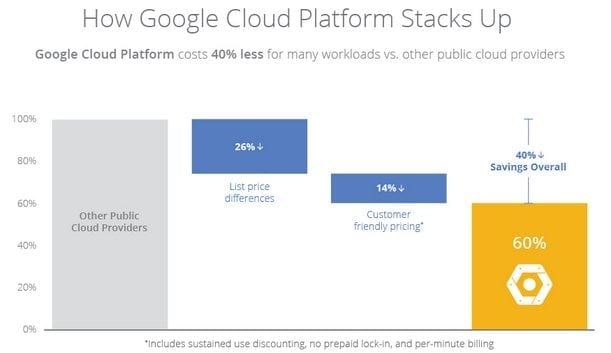Contents
Are you tired of receiving surprise bills from Google Cloud? Are you struggling to keep your cloud computing expenses under control? Get Answer to your questions like,
How do I reduce Google Cloud cost?
How do you optimize cloud cost?
What is GCP cost management strategy?
Is GCP cheaper than AWS?
By addressing these questions in this blog post, we aim to equip you with the knowledge to make informed decisions about cloud cost management, ensuring you leverage the best practices and tools available within GCP to optimize your cloud expenditures efficiently.
In this article, we delve into several pertinent questions that can guide you through effective cost management on Google Cloud Platform (GCP).
Many organizations leveraging Google Cloud Computing are constantly seeking ways to optimize the cost of their workloads. This blog provides detailed information about Google Cloud Architecture Framework, a valuable resource designed to help architects, developers, administrators, and other cloud practitioners achieve this goal.
Whether you’re migrating existing workloads or deploying cloud-native applications, here, you will get knowledge to innovate at scale, deliver features faster, and respond to evolving needs – all while ensuring optimal value from your Google Cloud investment.
Understanding Google Cloud Cost Optimization

GCP cost optimization refers to the process of managing and reducing the costs associated with using Google Cloud Platform services. It involves analyzing usage patterns, identifying areas where costs can be reduced, and implementing best practices to minimize expenses. Optimizing cloud costs has become a necessary aspect of business operations with the increasing adoption of cloud technology.
According to recent studies by McKinsey & Company, businesses transitioning workloads to the public cloud are facing coordination missteps, resulting in 14 percent more migration spending than planned each year.
With the complexity of managing and reducing Google Cloud expenses, it becomes clear that achieving optimal cost savings is no small feat. This is where the value of hiring Google Cloud cost optimization experts comes into play.
These experts bring a deep understanding of Google Cloud pricing nuances and optimization strategies. Moreover, they offer the experience to navigate cloud cost management challenges effectively.
By leveraging their expertise, businesses can ensure they are making the most of their Google Cloud investment, avoiding common pitfalls, and unlocking significant savings without compromising performance or scalability.
Overview of Google Cloud Platform Costs
When it comes to Google Cloud Platform (GCP) cost optimization, it is essential to understand that several factors are there that affect the price, such as:
- Contribute To Your Overall Cost,
- Including The Type,
- Number Of Resources You Use,
- The Region Where Your Resources Located, and
- The Duration For Which You Use Them.
For example, using preemptible virtual machines can help reduce Google Cloud compute costs by up to 80% compared to using regular instances.
Exploration of Google Cloud Pricing Models

In the competitive landscape of cloud-based software solutions, pricing can make or break a product’s success. It’s not just about setting a number; it’s about understanding your product, your market, and your customers’ needs.
When it comes to pricing your SaaS product, Google Cloud Marketplace presents a trio of pricing frameworks to cater to diverse user needs: Free Tier, On-Demand, and Long-Term.
1. Maximizing Your Benefits With Google Cloud’s Free Tier
The Free Tier empowers users to delve into GCP offerings without any initial expenses. It furnishes limited monthly utilization for specific GCP amenities such as a Compute Engine, and Cloud Storage, among others. Below encapsulates notable Free Tier constraints:
For your cloud computing needs, here’s what you get with our services:
- With Compute Engine, you have access to one small virtual machine instance every month that runs continuously without interruptions.
- For storing your data, Cloud Storage offers 5 gigabytes of space in a specific region each month.
- Google Kubernetes Engine takes the hassle out of managing your clusters by providing one cluster at no additional cost per billing account, whether it’s Autopilot or Zonal.
- Firestore gives you 1 gigabyte of storage space per project, perfect for managing your data.
- Cloud Logging includes a free monthly allowance for logging activities, so you can keep track of what’s happening in your systems.
- BigQuery allows you to query up to 1 terabyte of data and store 10 gigabytes every month, ideal for analyzing large datasets.
- With App Engine, you can run “F” instances for up to 28 hours every day, ensuring your applications stay up and running.
Remember, if you exceed these limits, you’ll be charged at our standard rates, so it’s essential to monitor your usage.
2. Benefits of Flexible On-Demand Pricing in Google Cloud
This adaptable model enables users to remunerate for resources commensurate with their usage. Users retain the flexibility to scale up or down based on requirements and pay solely for the services utilized. This option suits organizations grappling with volatile workloads or necessitating rapid resource adjustments.
For General-Purpose Machine Types (C3), here’s a breakdown of the costs:
– Predefined vCPUs: $24.80686 per virtual CPU per month
– Predefined Memory: $3.32515 per gigabyte of memory per month
– Spot Pricing for vCPUs: $2.25278 per virtual CPU per month
– Spot Pricing for Memory: $0.30149 per gigabyte of memory per month
For the C3 Standard Machine Types, the hourly rates are as follows:
– c3-standard-4: $0.208808 per hour
– c3-standard-8: $0.417616 per hour
– c3-standard-22: $1.148444 per hour
– c3-standard-44: $2.296888 per hour
These costs reflect the pricing structure for utilizing our cloud computing resources, allowing you to choose the options that best fit your needs and budget.
3. The Strategic Advantage of Long-Term Pricing Commitments
Also referred to as Committed Use (CUD) and Sustained Use Discounts (SUD), Long-Term Pricing suits users with consistent, protracted resource requisites. Users commit to utilizing specific resources for a fixed duration (e.g., one or three years) in exchange for discounted rates.
Submitting Your Pricing for Review
Once you’ve chosen a pricing model, you’ll need to submit it for review. Google Cloud Marketplace requires up to four business days to process pricing models, so it’s essential to plan. Whether you’re offering free trials, custom quotes, or specialized pricing, ensure that your submissions are thorough and accurately reflect your product’s value proposition.
Navigating Costs with the Google Cloud Pricing Calculator

Calculating Google Cloud Platform (GCP) costs involves identifying the services you use, understanding their specific pricing models, and applying applicable discounts like sustained use or committed use discounts.
A vital tool for this task is the GCP Pricing Calculator, which helps estimate monthly costs based on your resource usage.
To ensure accuracy and cost-effectiveness, consider the variability in service costs, leverage discounts, and regularly monitor and optimize your resource consumption through GCP’s management tools. This approach will help align your spending with actual needs and avoid unnecessary costs, making your cloud investment more efficient.
Managing Resources with Google Cloud Asset Inventory
Cloud Asset Inventory is a powerful platform that helps organizations measure and manage their Google Cloud Platform (GCP) resources. It provides a comprehensive overview of their GCP environment, including details on resource usage, costs, and potential savings opportunities. By leveraging Cloud Asset Inventory, businesses can gain valuable insights into their GCP costs and take proactive steps to optimize their spending.
Google Cloud Cost Optimization Best Practices
1. Cost Savings with Google Cloud’s Long-Term Commitment Discounts
Understanding how Committed Use Discounts (CUDs) and Sustained Use Discounts (SUDs) work can help you save on your cloud computing costs.
With CUDs, you commit to using a set amount of resources for a specific period, unlocking discounted rates. For instance, if you commit to using certain versions of operating systems like SLES or RHEL for SAP for a year or three, you can enjoy significant savings ranging from 20% to 79%, depending on the commitment duration and the type of license.
On the other hand, SUDs kick in automatically when you consistently use a virtual machine for a significant portion of the month. The longer you use it, the higher your savings, with discounts ranging from 10% to 90%.
For example, if you consistently use an n1-standard-1 VM or a c2-standard-4 VM for varying durations throughout the month, you’ll benefit from tiered pricing, paying less per hour as your usage increases.
By understanding and leveraging these discount structures, businesses can identify potential areas of overspending and optimize their Google Cloud Platform (GCP) usage accordingly.
2. Cutting Costs with Preemptible VMs for Non-critical Google Cloud Workloads
Preemptible VMs are a cost-effective alternative to traditional VMs for non-critical workloads. These VMs are sold at a significantly lower price point but can be terminated at any time if demand exceeds supply. By using preemptible VMs for tasks that don’t require constant uptime, you can save money on your GCP costs without sacrificing performance.
For example, if you need to run a development environment or a batch processing job, you can use preemptible VMs instead of traditional VMs. Since these workloads don’t require 24/7 availability, you can take advantage of the lower costs offered by preemptible VMs.
3. Setting Up Google Cloud Budget Alerts to Keep Spending in Check
Budget alerts are an essential feature of GCP’s billing system. They allow you to set up notifications that alert you when your costs reach a certain threshold or when there are anomalies in your usage patterns. By receiving timely alerts, you can take corrective actions quickly and prevent overspending.
You can set up budget alerts for different resources, projects, or folders. When creating an alert, you can specify the conditions that trigger the alert, such as when costs exceed a certain amount or when usage reaches a specific percentage. You can also choose the recipients who will receive the alert and the frequency of the notifications.
4. Consider Discounted VMs for Cost-Efficient Google Cloud Operations
One way to optimize your GCP costs is to consider using discounted virtual machines (VMs). Google offers various pricing models for VMs, including spot instances, which can provide significant discounts compared to traditional VMs. Spot instances are excess compute capacity that Google sells at a much lower price than traditional VMs.
They can be a great option for workloads that don’t require dedicated hardware or for applications that can tolerate interruptions. By using spot instances, you can potentially save a lot of money on your GCP costs.
5. Optimize Your Resource Allocation with Google Cloud Auto-Scaling
Auto-scaling is a powerful feature that enables you to automate resource allocation based on your specific needs. By configuring auto-scaling policies, you can ensure that your GCP resources scale up or down automatically, depending on demand. This feature helps you avoid overprovisioning and reduces wasteful spending.
For example, if you have a web application running on Google Cloud’s compute engine, you can configure auto-scaling to increase the number of instances during peak hours and decrease them during off-peak hours. This ensures that you have sufficient resources to handle traffic spikes without overprovisioning resources during periods of low usage.
6. Achieve Optimal Resource Utilization Through Right-Sizing in Google Cloud
Right-sizing involves allocating the appropriate amount of resources to your applications based on their requirements. By right-sizing your resources, you can avoid paying for unused capacity and optimize your GCP spending.
To right-size your resources, start by assessing your application’s resource requirements, such as CPU, memory, disk space, and network bandwidth. Then, choose the most appropriate instance type or configuration that meets those requirements while minimizing costs.
7. Leverage Cost Breakdown Reports for In-depth Google Cloud Cost Analysis
Cost breakdown reports provide a detailed analysis of your GCP costs, broken down by project, region, and resource type. By reviewing these reports regularly, you can identify trends, cost spikes, and areas for improvement.
Some popular cost breakdown report tools include Google Cloud Console, third-party analytics platforms, and custom scripts. Choose the tool that works best for your organization and preferences.
8. Boost Your Savings by Following Expert Google Cloud Recommendations
Another way to optimize your GCP costs is to follow the recommendations provided by Google. Google provides various recommendations for optimizing GCP resources, such as rightsizing VMs, selecting the appropriate pricing model, and optimizing network configurations. These recommendations are based on best practices and can help you get the most out of your GCP resources. By following these recommendations, you can potentially save money and improve the performance of your GCP resources.
9. Setting Quotas in Google Cloud to Control Costs and Prevent Overspending
Setting quotas is another way to optimize your GCP costs. Quotas allow you to limit the amount of resources that can be used by a particular project or department. By setting quotas, you can prevent accidental overspending and ensure that your GCP resources are being used efficiently. For example, you can set a quota for the number of VMs that can be created by a particular project, or for the amount of storage that can be used by a particular department. By setting quotas, you can help ensure that your GCP costs remain within budget.
It’s worth noting that GCP cost optimization is not just about cutting costs, but also about ensuring that the costs incurred are aligned with the organization’s goals and objectives. Businesses can redirect funds toward innovation and growth by optimizing cloud costs, ultimately driving greater profitability and competitiveness.
Wrapping Up
As we explore these best practices for Google Cloud cost optimization, it’s essential to acknowledge that the implementation and ongoing management of these strategies demand a significant investment of time and expertise. Engaging with RedBlink’s professionals who specialize in cloud cost optimization can provide businesses with the edge they need.
We stand at the forefront of cloud cost management, offering unparalleled expertise and personalized strategies to businesses seeking to maximize their cloud investments. Our team of certified experts leverages advanced analytics, industry-leading practices, and a deep understanding of the Google Cloud Platform to deliver solutions tailored to your unique business needs.
Don’t let cloud costs control your budget—take control with RedBlink Technologies. Discover how our dedicated professionals can help you optimize your cloud spending, enhance operational efficiencies, and significantly improve your return on investment. Contact us today to start your journey towards smarter cloud cost management and strategic business alignment.”
People Also Ask – GCP Cost Management
These FAQs address advanced topics and common concerns related to managing and optimizing costs on Google Cloud, aiming to provide valuable insights for both new and experienced users.
Q 1. What are the best tools for tracking and optimizing Google Cloud costs?
Answer: Google Cloud offers several native tools that can help you monitor and optimize your expenses. Key tools include the Google Cloud Pricing Calculator for estimating costs before deployment, Google Cloud Billing for tracking current expenditures, and the Cost Management Tools which help analyze and manage costs efficiently. Third-party tools can also provide additional insights and automation capabilities.
Q 2. Can Google Cloud’s budgeting feature help prevent unexpected charges?
Answer: Yes, Google Cloud’s budgeting features are designed to help control costs and prevent surprises in your billing account. You can set custom budget alerts that notify you when your spending approaches or exceeds the budget amount you specify. This proactive approach is critical for managing large-scale deployments and keeping costs within expected limits.
Q 3. How do billing alerts differ from budget alerts in Google Cloud?
Answer: Manage programmatic budget alert notifications option is set up to notify you when your account’s billing reaches a certain threshold, whereas budget alerts are more granular and customizable, allowing you to create specific conditions based on projects, products, or services. Budget alerts are particularly useful for managing specific aspects of your spending and can be configured to monitor daily, monthly, or annual budgets.
Q 4. What strategies can I use to optimize data storage costs on Google Cloud?
Answer: To optimize data storage costs, consider the following strategies:
- Data Lifecycle Management: Implement policies to archive or delete old data automatically.
- Storage Class Analysis: Use Google Cloud’s Storage Class Analysis to determine the most cost-effective storage class based on your access patterns.
- Object Lifecycle Policies: Automate the transition of data to colder storage tiers to save on costs without sacrificing data accessibility.
Q 5. How often should I review my Google Cloud resource allocations?
Answer: It’s advisable to review your resource allocations at least quarterly. Regular reviews can help you adjust resources based on usage patterns and eliminate wastage from overprovisioning or idle resources. Additionally, taking advantage of Google Cloud’s rightsizing recommendations and cost management tools can lead to significant cost savings.
Q 6. Are there any specific practices for managing Google Cloud costs in a multi-cloud environment?
Answer: In a multi-cloud environment, it’s crucial to implement a centralized cost management strategy that includes:
- Consolidated Billing: Aggregate billing data from multiple clouds for a unified view.
- Cross-Cloud Policies: Apply consistent policies across environments to ensure cost efficiency.
- Cost Allocation Tags: Use tags to track and allocate costs by team, project, or environment across different cloud platforms.
Additional Resources
- Cloud Cost Optimization: Review of Strategies and Case Studies
- Cost optimization in cloud environment based on task deadline
- Google Cloud Architecture Framework
- Azure Cost Optimization Best Practices
- AWS Cost Optimization Best Practices
- 20 FinOps Best Practices for 2024

Director of Engineering | CTO | Software Developer
As a passionate technologist and seasoned software developer, I specialize in creating innovative solutions at the intersection of AI and software engineering. With a keen interest in leveraging the latest technologies to solve real-world problems, my work spans developing advanced AI models to designing scalable software architectures. Beyond coding, I contribute to tech blogs, sharing insights on AI trends, software best practices, and the future of technology. My mission is to empower organizations and individuals through technology, driving forward the boundaries of what’s possible

